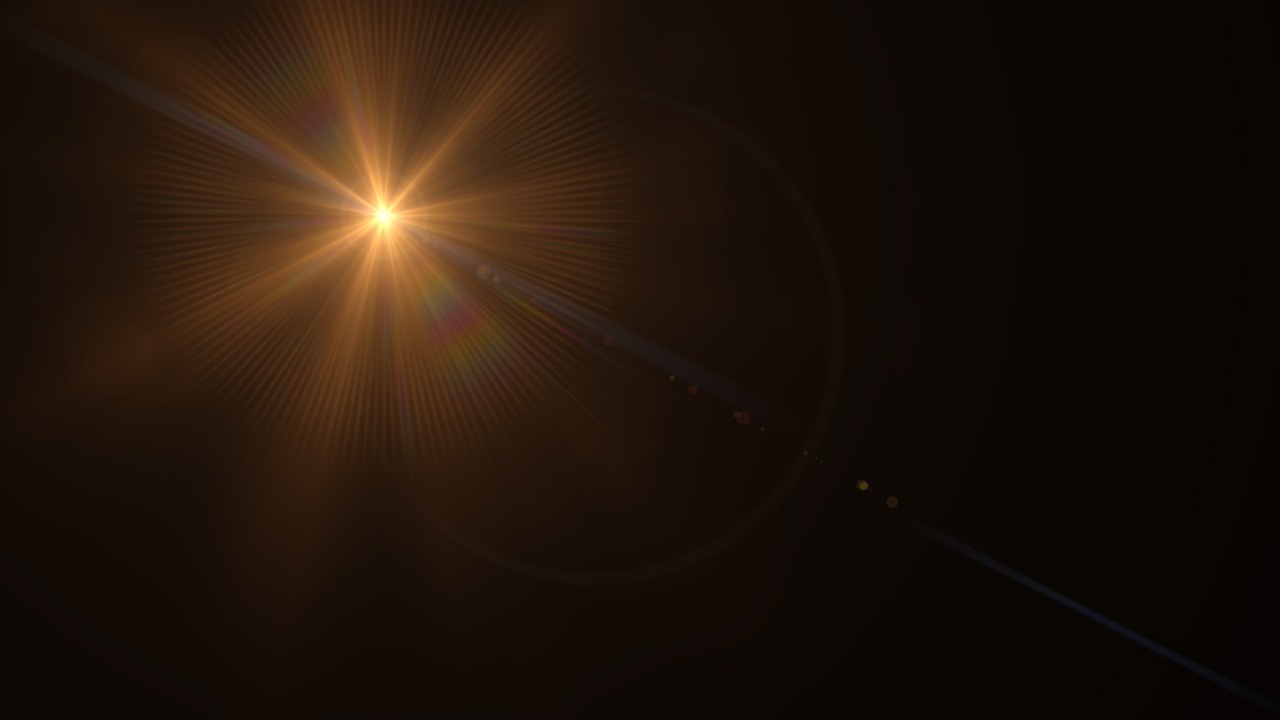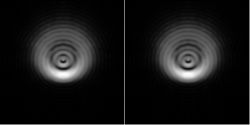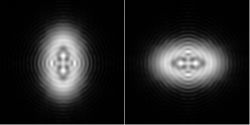Image defects
Unfortunately, no telescope nor any other optical instrument is completely defect-free. Here we describe the most important image defects found in astronomical telescopes.

Spherical aberration – the spherical form defect
Spherical aberration is an image defect that may occur in both lenses and mirrors. Light passing close to the axis is broken or refracted differently to light passing further from the axis. For this reason, different light rays have different focal planes or focal lengths. In the telescope, this type of image defect is detected as a blurring of the image. The error is more apparent at short focal lengths than at long focal lengths. The spherical aberration can be eliminated by an aspherically curved lens or by a parabolic mirror.
An interesting fact: when the Hubble Space Telescope was launched into space, it was found to suffer from spherical aberration, because it delivered blurred images. The telescope needed a pair of “spectacles” to correct the defect.
Chromatic aberration – the colour defect
Chromatic aberration is an image defect that occurs in lens telescopes, that is refractors. The light strikes the lens elements and is refracted. You may still remember this from long-ago school physics lessons. It is exactly this light refraction that produces an image. Blue light is refracted more strongly than red light. This means that the different wavelengths have different focal lengths.
If you think of this in practice with the image of an object, you can say that the blue light is brought together at a different point to the red light. This set of circumstances produces blurring of the image. But not only that, because there is also a colour-related magnification difference. Simply put, this means that, due to the different image distances, different sized images for the respective colours are also produced. The result is colour fringing.
Chromatic aberration can be corrected by using achromatic optics. For this purpose, a negative lens with greater dispersion is placed behind the biconvex positive lens. This partially compensates for the colour defects. But even then, smaller colour defects can still be detected. This residual colour defect is called the secondary spectrum.
This secondary spectrum can also be corrected by introducing an additional lens (normally a second positive lens). There is no chromatic aberration in mirror telescopes.
Coma – the comet defect

Coma is another image defect, which occurs mainly due to oblique rays of off-axis light. The coma is often caused by a combination of spherical aberration and astigmatism. In the image shown, the light bundles generate asymmetric shapes. This results in stars at the edge of the field of view that have distortions that resemble comet tails. These appear diffuse and cannot be focused.
Coma is particularly apparent in telescopes with a large aperture ratio such as 1:4 or 1:5. This makes the defect particularly noticeable in fast optics. With a long telescope focal length and the associated smaller aperture ratio (e.g. 1:10) the defect can be reduced. The defect can also be minimised if the lens is stopped down. It is also possible to use a coma corrector in order to achieve sharp images - even with fast optics.
Astigmatism – the blurred circle

Astigmatism in a telescope can be caused by oblique incident light. It can also occur due to distortion on the mirror surface. However, it is often caused by two different curvatures in mirrors or lenses, which have different focal lengths. One bundle of rays would then be perpendicular to the other. Astigmatism appears as an elongated distorted structure in the Airy disc.
Field curvature – curved field
Field curvature is related to astigmatism.
The image is formed on a curved surface, so you can never get a sharp image both at the centre and the edge simultaneously.
